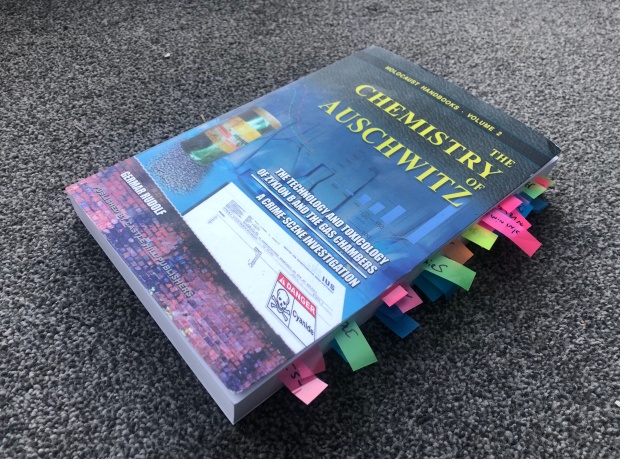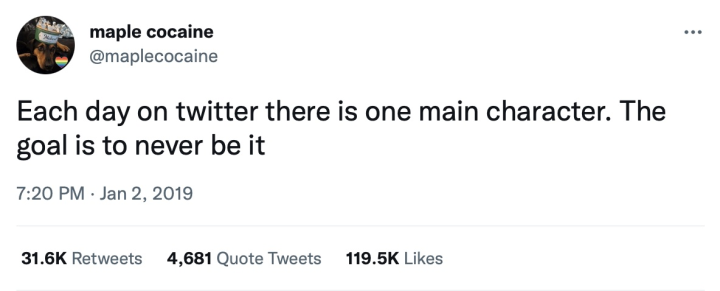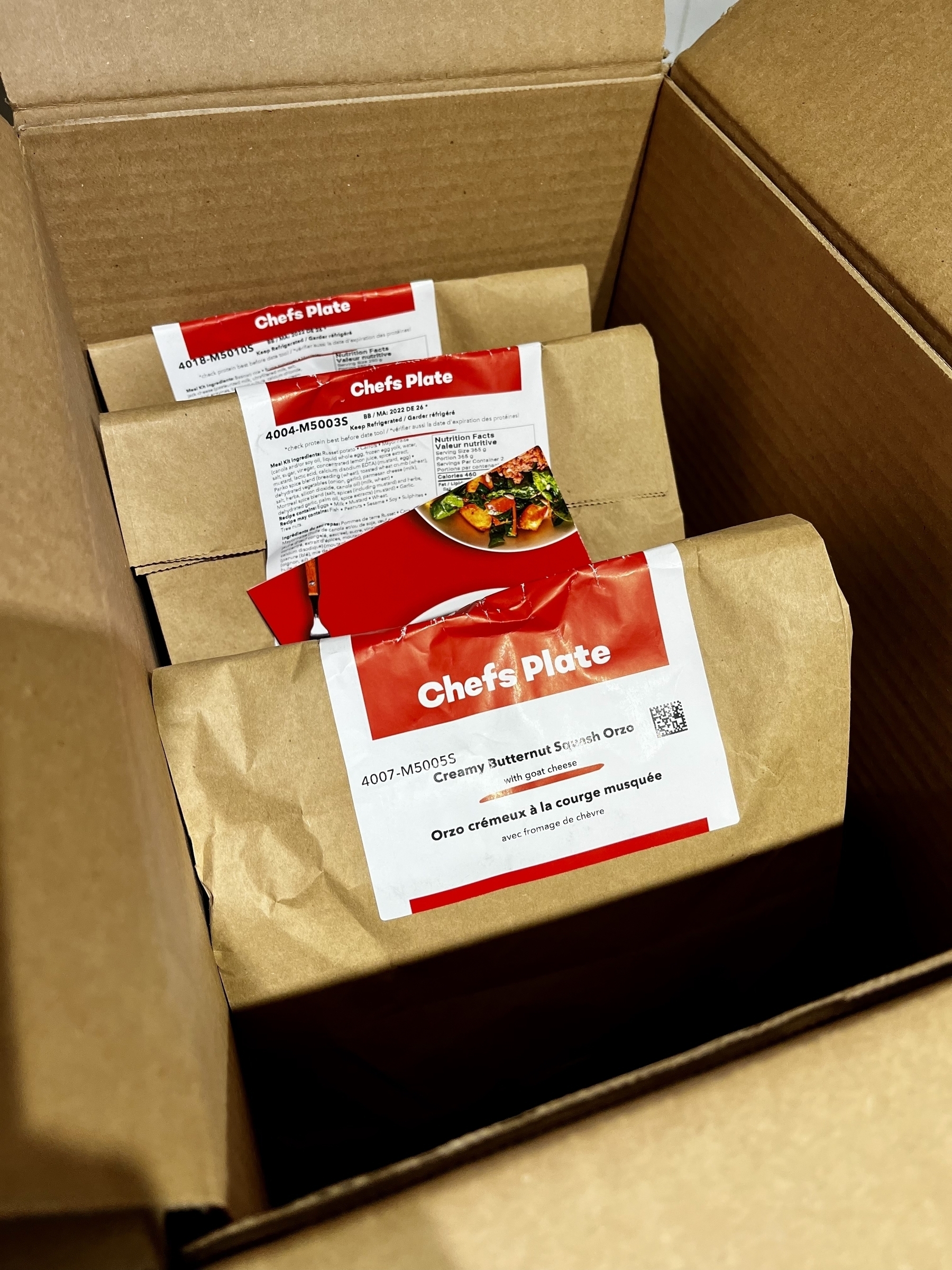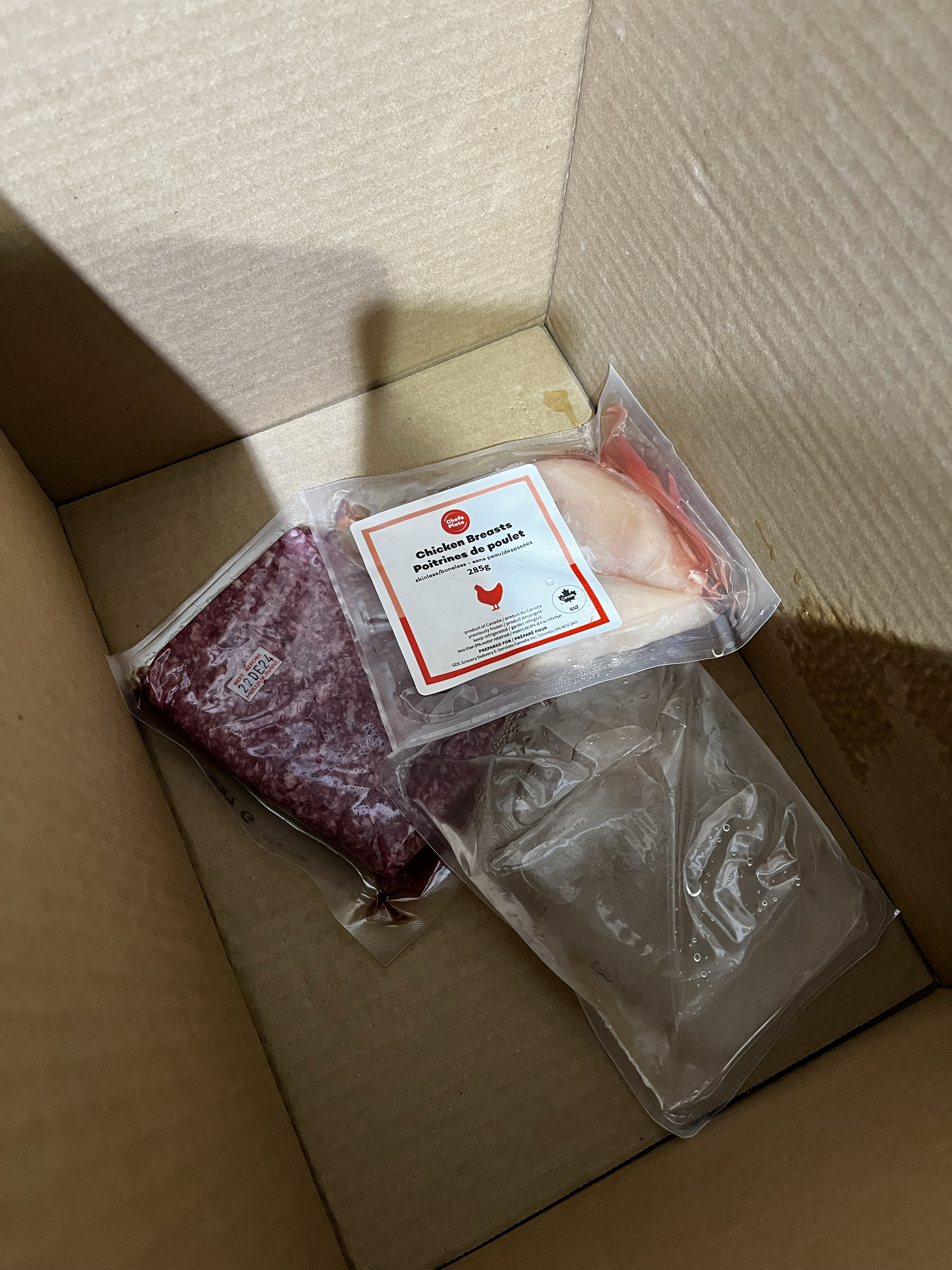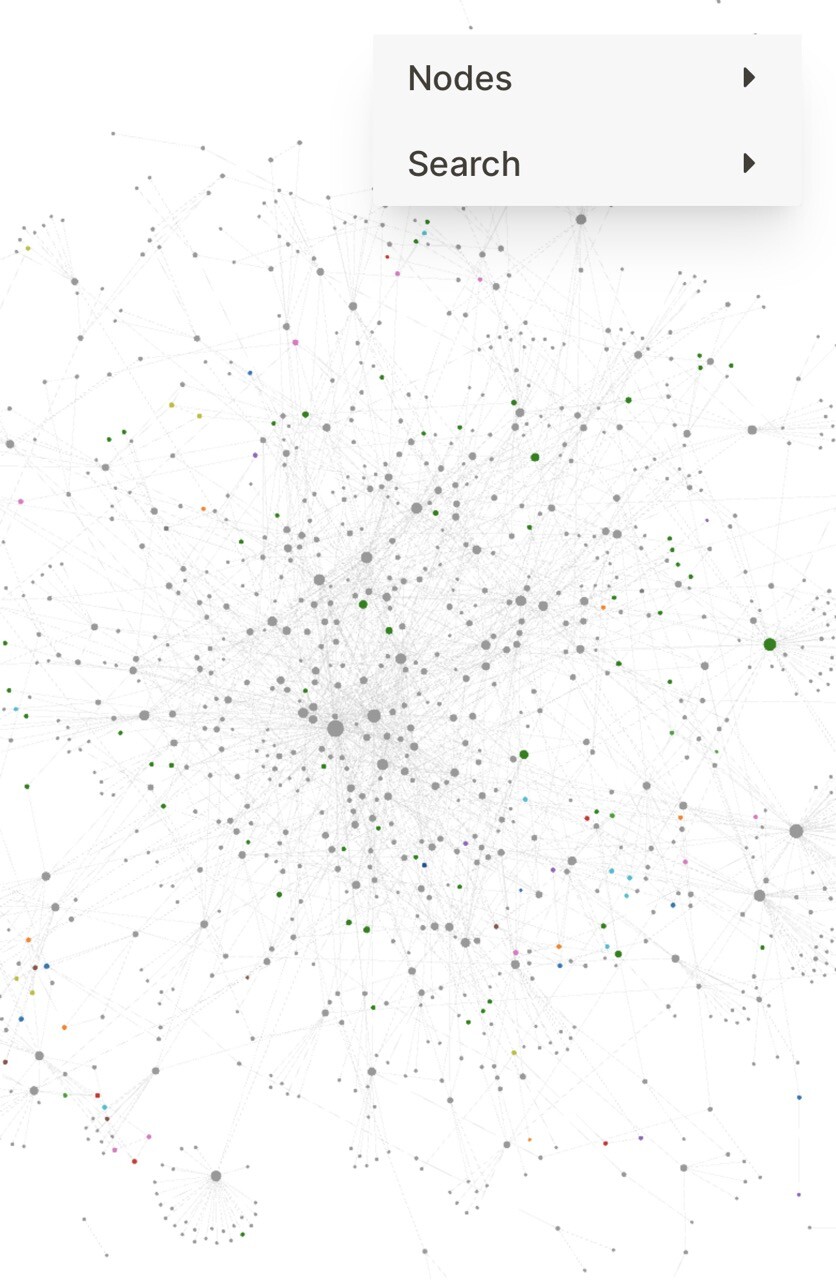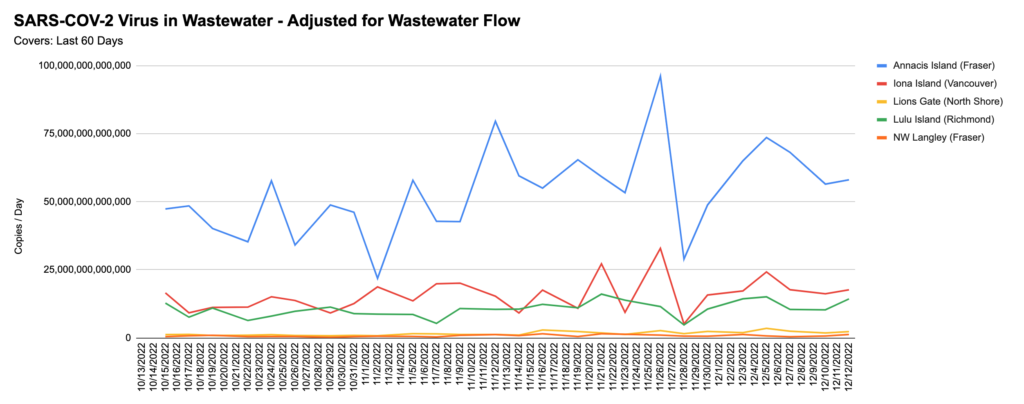It seems almost a lifetime ago, but in fact is only two years, that we were
heading towards Christmas still not knowing whether there would be a UK-EU trade deal of any sort, but with the end of the transition period unnecessarily set unmovably for the last day of 2020.
A deal, of sorts, was done and we are now approaching the second anniversary of being fully out of the EU. Even that statement needs some qualifying, though. Many parts of the Northern Ireland Protocol remain unimplemented, and the Protocol itself is still being re-negotiated with no outcome expected until the New Year. The UK as a whole has
continually delayed implementing import controls on goods from the EU and it is not clear when or whether it will do so. The introduction of the UKCA marking and registration system was recently
postponed until the end of 2024. It may well be postponed again given that just this week it has been
extended for construction products to the end of June 2025. And there are numerous other hanging threads, including participation in the Horizon Europe science programme.
A crisis-ridden country ruled by vandalsThat the looming end of the transition period feels so long ago is because of the multiple crises that have come hard and fast since then, and the swirling chaos of post-Brexit politics that is in part the cause and in part the consequence of those crises. Few of these are entirely due to Brexit, but almost all of them have a Brexit aspect to them, including
the extent of inflation and the wave of strikes it has engendered, and the now endemic
labour and
supply shortages. Brexit is inseparable from an emergent
food supply crisis and from
risks of an energy crisis. These are not ephemeral things, or luxuries, but fundamental to a functioning society.
As a result, there is now not just a clear and sustained
public view that Brexit has been a mistake, but a more diffuse, yet
palpable, sense that
post-Brexit Britain is broken. It is a sense which has been growing since, at least,
last summer, even before the mini-budget fiasco and its aftermath. Hence it’s common now to hear people on all parts of the political spectrum saying the same thing: ‘nothing works properly anymore’.
It would be fair to say that versions of the ‘Broken Britain’ theme have been around for years, maybe decades. But what is different currently is that there is no sign of the political leadership which might be able to fix things. That’s partly because of the continuing refusal of the Tory and Labour Parties to discuss, or even to properly acknowledge, the damage of Brexit itself. But that in turn is part of the legacy of Brexit in denuding politics of honesty and realism. It’s not, of course, that there was some prelapsarian Eden of political virtue. Politics has always been a dirty, messy, compromised business and, arguably, that is inherent to it. But Brexit has brought a new taint, at once subtly pervasive and dramatically grotesque, where it is not just that truth can’t be told, but that truth hardly seems to matter.
In recent posts I’ve written a lot about Labour and Brexit, simply because a new Labour or Labour-led government still seems the only, or best, hope of a break with some of the worst features of post-Brexit politics. That matters, because if we get a Labour government after the next election which doesn’t do so then there is no telling where people will turn to for hope, a point I’ll return to. In the meantime, it shouldn’t be forgotten that the Conservative Party and Conservative governments are the prime architects of all this, the vandals who broke the country, and it is they who are still in power. Sunak’s government has arguably avoided Johnson’s sly degeneracy and Truss’s outright madness, but it remains a willing prisoner of Brexit and of the mendacity inherent in Brexit. Even in this relatively quiet week for Brexit news that has been on display.
Financial services regulation: nonsensical claims and flawed motivationsJeremy Hunt’s ‘Edinburgh reforms’ to financial services regulation were
announced as if they were a Brexit benefit, which would “seize on our Brexit freedoms to deliver an agile and home-grown regulatory regime”. It’s nonsense. About two-thirds of the proposals, including
the most dramatic and risky one of relaxing the ringfencing of investment banking from retail banking,
don’t require Brexit at all (£). Others, of which reforming Solvency II (discussed in detail
in a previous post) is the most significant, are also under discussion in the EU and, anyway, are regulations very largely drawn up by the UK when a member of the EU.
There is a mixture of obvious reasons for pretending otherwise. One is just to sustain the public pretence that Brexit has benefits. Another is to placate the baying Brexit Ultras that ‘Brexit freedoms’ are being used, especially given their distrust of ‘remainer’ Hunt and ‘socialist’ Sunak, though their response, as it always is and always will be, was
to call for more (£). It’s a big problem in itself for British politics that, both within and outside the Tory Party, there is a significant and vocal group who will never be satisfied by any attempt to satisfy them. Or, perhaps, the problem is with those, by no means all in the Tory Party, who still imagine that they can be appeased if given enough red meat.
There is also a narrower problem that flows from making decisions for these reasons which is that, just as post-Brexit trade deals have been done for the symbolic value of demonstrating Brexit freedom, the regulatory changes may be seen in the same way. That matters, because regulation always entails a
judgement of the balance of risks, and if there is a suspicion that what drives these changes is simply some bogus Brexit boasting, rather than a rational assessment of those risks, international and institutional trust and confidence in the robustness of the UK’s regulatory regime will be diminished.
That possibility is unlikely to weigh heavily with the government because one of the deformations of political culture that Brexit has created is to ignore, or dismiss as unimportant or even as having an anti-Brexit motivation, the declining international reputation of the UK that has come with Brexit. Indeed it is inherent in the Brexit project, given that it is predicated upon a fantasy of Britain’s importance in the world which is bound to invite the mockery of others, and yet requires that that mockery be ignored to sustain the fantasy. The absurd eagerness of the UK to sign trade deals that disadvantage its own economic interests, and are solely for domestic Brexit boasting, enhances that mockery. And, not inherently, but in the way Brexit Britain has conducted itself, especially over the Northern Ireland Protocol, to mockery has been added international disdain and distrust.
Conversely, none of this matters much to the Brexiters because, with any lingering fantasy of other EU countries following Britain’s path now surely being dead, their project is entirely one of domestic politics, and most voters, and perhaps leave voters especially, are almost entirely unaware of how Brexit Britain is viewed abroad or
discussed in the foreign media. The Brexiters themselves know, and
frequently denounce the New York Times, in particular, for its coverage. But they also know that it is the domestic media that really matters, which is why they lash out most ferociously at even the mildest implication that Brexit has failed, especially from the BBC (which they loathe quite apart from Brexit) although the most extreme of them are convinced that the entire ‘mainstream media’ is the tool of
a ‘remainer’ counter-revolution.
Foreign policy for domestic consumptionOne consequence of this parochialism is that even the foreign policy of post-Brexit Britain is essentially for domestic consumption. This week, the new Foreign Secretary, James Cleverly,
made his first major speech setting out his foreign policy “vision”, which turns out to be myopic enough to warrant a drive to Barnard Castle.
There was plenty of denunciation of Putin for “debasing international conduct” but no mention that Brexit had substantially furthered his goals. There was plenty of rhetoric about the importance of international rules and the international order, but no mention of the UK’s threats to break international law over the Northern Ireland Protocol, or its existing violations of the Protocol. And, presumably, Cleverly imagines that no one has noticed the constant rumblings from within his own party about derogating from the ECHR. On the other hand, there was no mention of the EU, as opposed to some of its members, as a key UK ally; barely mention of it at all, in fact, except in reference to “making full use of the powers” of Brexit to – yes, of course – make new trade deals.
Even more underwhelming, if possible, was the
report of Liam Fox’s Global Britain Commission (£) which, whilst predictably castigating the civil service for not having adapted to “the post-Brexit world” and for being too UK-focussed, proposes as the remedy to this inward-facing culture – you really couldn’t make this up – a series of re-organizations of Whitehall departments, the creation of a new select committee, and a quango to be called the ‘Global Britain Advisory Council’. Aside from an assortment of cliches and bromides, the only other point of interest is the deeply ironic observation that post-Brexit Britain should emulate France and Germany in the assiduity with which they tout for new global export markets.
None of this is a remotely serious post-Brexit foreign policy. For that, see, by contrast, the
recent Chatham House speech on the UK’s international role given by former Labour Foreign Secretary David Miliband. In it, amongst other things, Miliband points to the need to begin with honesty about the way that “our global influence and capability, not just reputation, has been seriously undermined by political chaos and economic weakness since 2016”. He then charts a path to renewal which includes, though is by no means limited to, healing the “gaping sore” of relationships with the EU, recognizing that the ineluctable facts of geography make this mandatory. But neither Cleverly nor any currently conceivable Foreign Secretary, whether Tory or Labour, can say anything like this, not least because its starting premise is unsayable in the dishonest politics of post-Brexit Britain.
A dishonest trade policyThat dishonesty is endemic in trade policy, too. Just this week
the UK Statistics Authority has reprimanded the Conservatives for their wholly untrue claims that the UK’s post-Brexit trade deals are worth over “£800 billion of new trade” (discussed in more detail in Nick Tyrone’s latest
‘Week in Brexitland’ blog). These claims are false partly because they reference rollover deals and the UK-EU trade deal itself, which made the terms of trade worse, but especially for treating all trade with the relevant countries as being attributable to the trade deals. It’s an especially gross lie given how many Brexiters insisted that ‘trade on WTO terms’ (i.e. without any free trade agreement) would be a perfectly adequate basis for trade with the EU, and how often they falsely claimed that most of Britain’s non-EU trade was conducted ‘on WTO terms’.
At the same time, the bigger picture of how Brexit leaves the UK trapped between the trade blocs of the EU, the US and China, affected by all three whilst belonging to and influencing none,
is becoming increasingly obvious because of the growing substantive trade conflicts between those blocs. Even before Brexit, it was clear that the world was settling into regional trade blocs, partly because of the failure of the WTO to make much progress in recent times. Now, with at least
a degree of ‘de-globalization’ arguably taking hold, for many reasons, the Brexiter idea of going it alone on the basis of the
shrill vainglory of ‘regaining our seat at the WTO’ looks more than ever – I was going to say misguided, but fatuous is a better word.
Incapable of admitting this fatuity, the Conservative government continues with the dishonest pretence that CPTPP accession is the great prize ahead for Brexit Britain and, meanwhile, pretending that non-binding and very limited Memorandums of Understanding with individual US States,
most recently South Carolina, which anyway didn’t require Brexit, are some kind of prize. Once again, Brexit consists of lies, served up for consumption to a domestic audience, presumed to be gullible, though increasingly seeing through the lies.
It is also presumably for domestic reasons that
Trade Secretary Kemi Badenoch insisted this week that she will not even discuss including increased access to student visas as part of the negotiations for a free trade agreement with India. It certainly wasn’t for good economic reasons, either as regards the trade talks or the interests of UK higher education.
The dangers of a politics built on liesIf there is a single thread which connects these latest Brexit stories and the situation we faced two years ago as the transition period was coming to an end, then it is that of lies. In
my post at that time I wrote about “the lies that bind us” and recorded that “we are no longer just in the territory of lies, but of lies about lies”. In fact, I wouldn’t be surprised if the word ‘lie’ and its cognates is amongst the most used words across the 390 posts I have written on this blog since September 2016.
The entire Brexit project is so saturated with lies that it’s impossible to list them all. But one particularly obscene example, given its current state of near-collapse, is the way Vote Leave lied about
what voting for Brexit would mean for the NHS. Yes, unexpected things, most obviously the pandemic, have happened since, but the promises made by the Brexiters were not qualified or conditional and, even without the pandemic, had no chance whatsoever of being delivered by Brexit. Even now, I find it impossible not be disgusted by the manipulative dishonesty of those promises, and the malign skilfulness with which they were made.
More generally, a recurring theme of this blog has been the impossibility of building a viable national economic and geo-political strategy
based on lies. That has proved to be the case, and what is now also becoming ever-clearer is that lies, or their close relative of silence about the truth, are preventing us from undoing the damage done. That has important consequences. It is making us economically poorer and internationally weaker. But, worse than that, it is creating real political dangers. A broken country, or even just a country that feels itself to be broken, with a political leadership that can neither acknowledge nor fix the central cause of its problems, is bound to become increasingly vulnerable to extremism.
It’s a vulnerability
already being exploited by Nigel Farage, indifferent to his own significant role in having broken the country. Notable in his diatribe against the current wave of strikes is that he drops his usual pretence of talking for ‘ordinary working people’. Indeed, a notable characteristic of the alt-right in general is that, whilst crying crocodile tears for how it used to respect the left when it stood up for ordinary workers rather being pre-occupied with ‘woke identity politics’, the moment unions do stand up for workers they are castigated. Nor is there any talk now of
Brexit delivering real wage increases (£).
For of course
the “political insurgency” Farage has in mind has as its central target not those who control the wages and employment conditions of ‘ordinary workers’ but the invented demon of an ‘invasion’ of asylum seekers. No mention, needless to say, of how
leaving the EU’s Dublin III regulation compounded the problem, nor of how
international cooperation is needed to address it. It’s easy to dismiss his pub-bore droning, but, just as with Brexit, it is Farage more than anyone whose obsessive campaigning has made the ‘small boats’ into a major political issue,
pressurising and enabling (£) his many willing accomplices amongst Tory MPs. Invariably, the odious
Jonathan Gullis being a prime example, these try to claim their vicious crusade is mandated by the vote for Brexit and, equally invariably, they identify ‘foreign’ judges, lawyers, and the liberal elite as frustrating what ‘the people’ want.
The next scenes are well-known, because this play has been staged many times before. The need for a ‘strong man’ who will put an end to division and disorder. Who will ‘make the trains run on time’, literally and metaphorically. Who will punish dissenters at home and defy critics abroad. It’s unlikely that Farage will be that strong man – he appears to be suffering from a permanent hangover, and more likely to vomit in a jackboot than to wear it – but there will always be others like him, and far more sinister than him. At first, their lies can seem like a joke, perhaps a cheeky-chappy comedy routine or at most the ravings of a lunatic, but as the play goes on, the laughter goes silent. The final act reveals that it was a tragedy from the start.
For all that, we are not in a pre-scripted play. There are still choices that can be made by political leaders that will make a difference to the outcome. That’s why it matters so much that Labour, in particular, get things right, and soon. For the longer our political leaders refuse to make the choices that still exist, or even accept that they need to be made, the smaller the space for a better outcome, and the more inexorably the path to tragedy becomes the only one left.
This is the last post for this year (barring some major Brexit development, which seems unlikely). I will take a break from blogging and intend the next post to be on Friday 6 January. Recently, this blog site had its eight millionth visit. I’m very grateful to all those who visit and read, as well as to the many thousands who read (or at least receive) the posts each week as emails, and to those who publicise the posts in various ways. I never anticipated when I started this blog, a little over six years ago, that it would gain such a readership, or even that it would still be going. I also know that there are any number of other sites and sources competing for the limited amount of reading time people have and I really appreciate the continued interest in this one. So, despite the slightly dark tone of this post, Merry Christmas and a Happy New Year. CG

